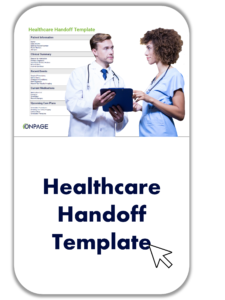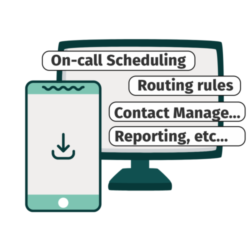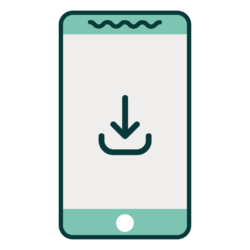
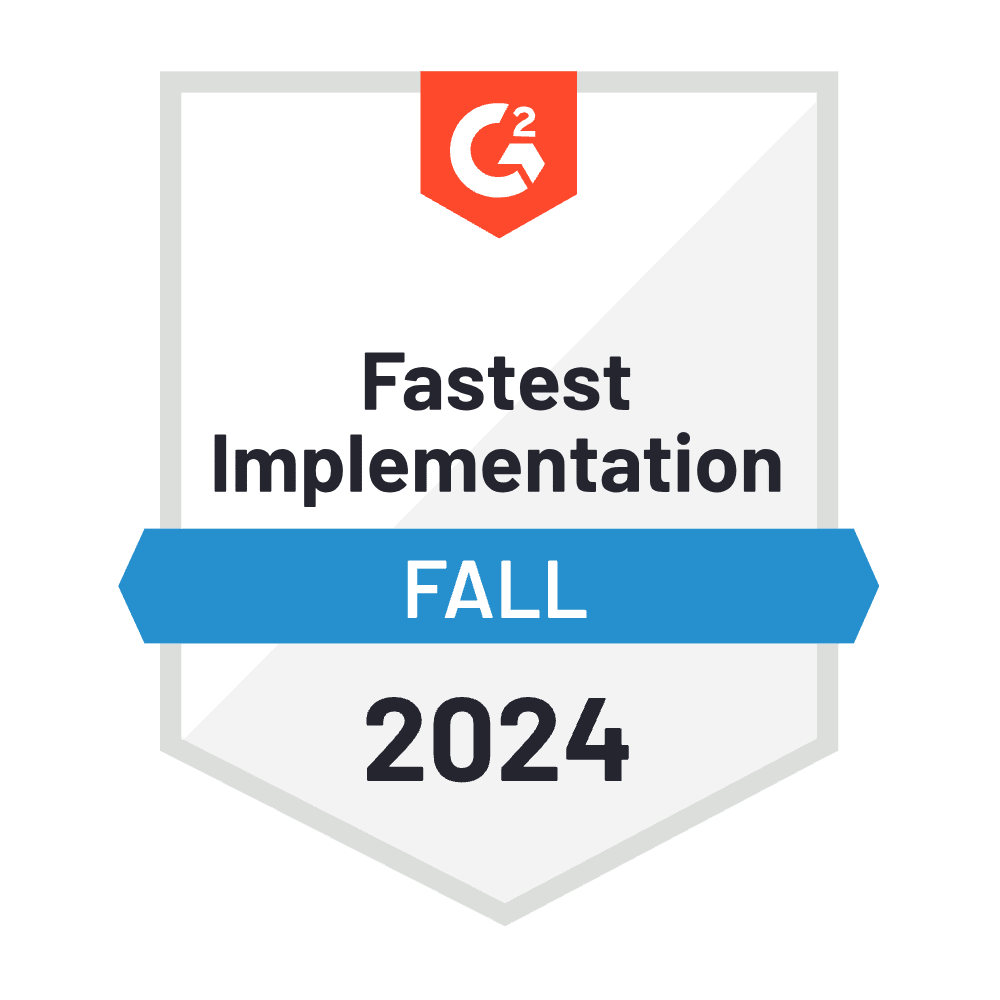







A healthcare handoff refers to the information exchange when a patient’s care is being transferred from one healthcare setting to another. Typically, they occur during shift changes or when a patient is being transferred to another department within the hospital.
Conducting an effective handoff is critical for patient safety and care quality, so many healthcare teams employ standardized processes that ensure a comprehensive and consistent information exchange. In this page, we discuss best practices for handoffs and provide your team with a detailed healthcare handoff checklist form.
Key Elements of Healthcare Handoffs
Recent Surgical Procedures
Communicating recent surgical procedures is essential during handoff so that the incoming physician is equipped with vital information about patient conditions, surgical interventions, and their recovery status. This knowledge helps them to anticipate potential complications and manage post-operative care, ultimately improving the patient experience.


Current Medication
Relaying accurate information about a patient’s current medication is imperative for avoiding medication errors like omissions, duplications, or dosing errors. Incomplete medication information can lead to harmful consequences, so teams must prioritize this during handoff.
Upcoming Care Plans
To facilitate seamless patient care, healthcare providers must discuss scheduled tests, follow-up appointments, and pending lab results. This enables care teams to provide timely and appropriate patient care during and after patient transfers.


Safety Concerns
Identifying and communicating any safety concerns, like fall risks or allergies, is fundamental to protecting patient safety. This information enables the incoming care team to take the necessary precautions required to reduce the likelihood of harm.
Physician Questions
Clarifying any questions the incoming physician may have during handoff ensures that all uncertainties are addressed promptly. By fostering clear communication, care teams can gain a better understanding of patient needs and ultimately improve care quality.

Healthcare Handoff Communication Best Practices
Establish Guidelines and Checklists – Hospitals must establish guidelines for a more standardized handoff process. This ensures that no vital information is missed during patient transfer enabling the best quality of care.
Conduct Interactive, Interdisciplinary Handoffs – Collaborative handoffs facilitate a comprehensive information exchange between providers, allowing care teams to maximize collective knowledge and optimize clinical decision-making.
Employ Clinical Communication and Collaboration Solutions – Clinical Communication and Collaboration solutions drive effectiveness in handoff communication. These systems enable care teams to exchange sensitive patient information via a secure, encrypted mobile channel, that can even integrate with electronic health records to enhance healthcare interoperability.
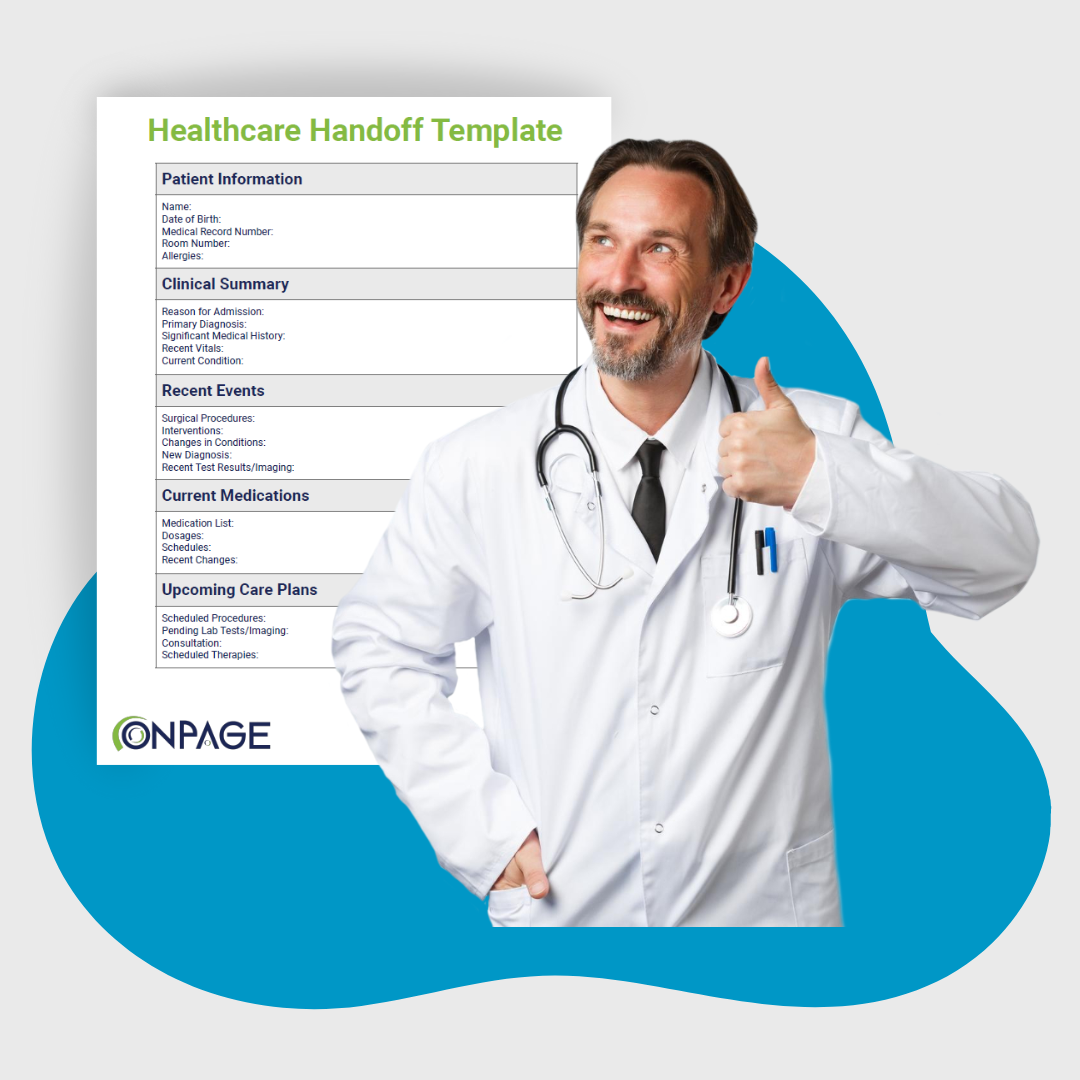
How OnPage Improves Handoff Communication in Healthcare
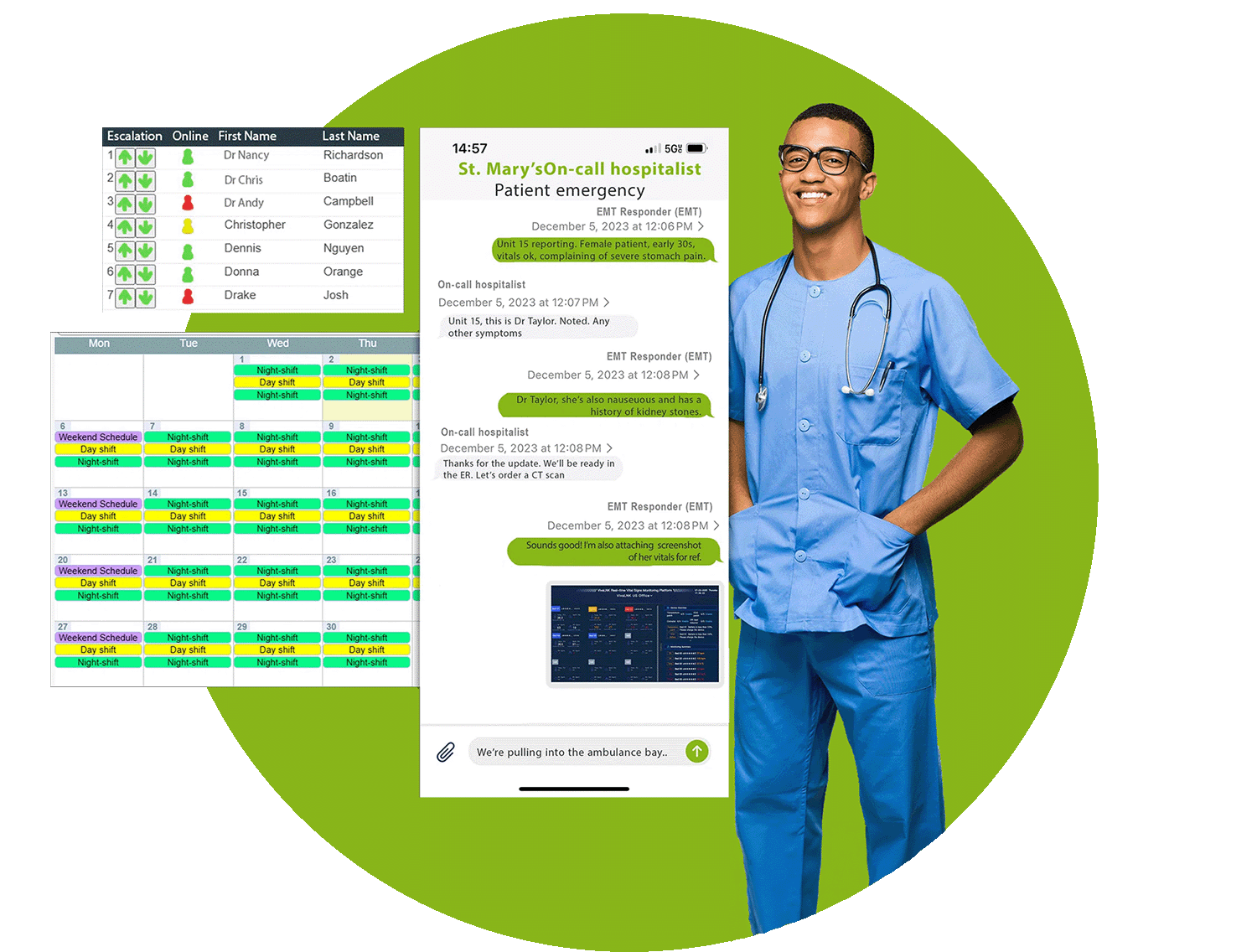
Secure Messaging – Send and receive secure messages through OnPage’s HIPAA-Compliant clinical communication and collaboration solution.
Critical Results Delivery – Effectively manage critical results by elevating them to the right team member, everytime.
Patient and Family Engagement – Gain features that promote communication between patients, their families, and care teams, for better care quality.
Interoperability – Integrate OnPage with your existing health systems to enable seamless data exchange, collaboration, and a single source of truth.
Alarm Management – Gain a robust, centralized system for distributing alarms from several healthcare systems.
On-Call Scheduling – Create and maintain on-call schedules with automated alert routing capabilites that ensure that messages reach the right on-call staff.


